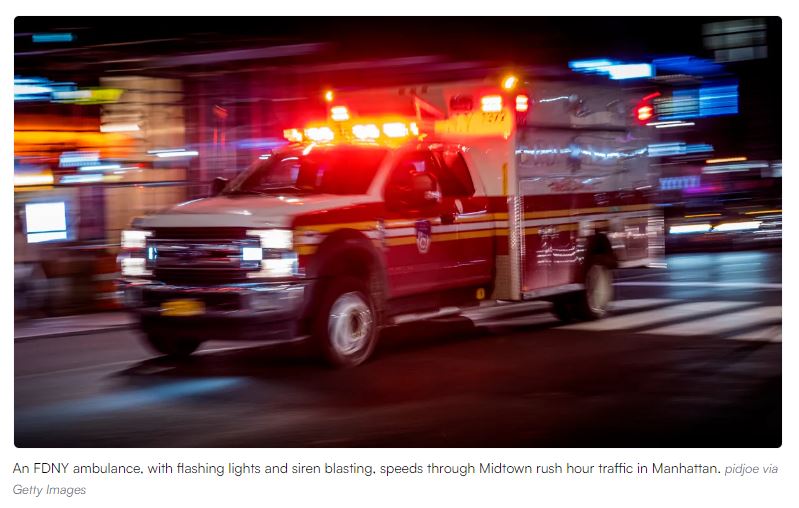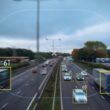For faster emergency response, New York’s fire department looks to AI
The New York City Fire Department (FDNY) is tapping technology from the smart transportation-focused C2SMARTER research center to speed up emergency responses in traffic-congested areas.
In the last decade, the average response time between a 911 call for a life-threatening medical emergency and on-site FDNY arrival rose about 10%, from 6 minutes, 45 seconds to 7 minutes, 26 seconds, according to a press release from New York University’s Tandon School of Engineering, which leads C2SMARTER.
The yearlong project, which began in October, will create a digital twin of an FDNY district in West Harlem. The digital replica will allow researchers to assess why emergency response delays happen and simulate potential solutions before taking them onto actual streets. Ultimately the project hopes to provide real-time routing guidance to FDNY vehicles responding to medical emergencies.
The digital twin will rely on real-time traffic data from sensors and cameras, said Jingqin Gao, C2SMARTER’s assistant director of research. It will also pull from FDNY vehicles’ dispatch data, third-party data from apps like the navigation platform Waze and emerging data sources like taxis and social media. Artificial intelligence will be used to mimic driver behavior and reactions to sirens and other signals from emergency vehicles, the NYU Tandon press release says.
To read the complete article, visit Smart Cities Dive.

















